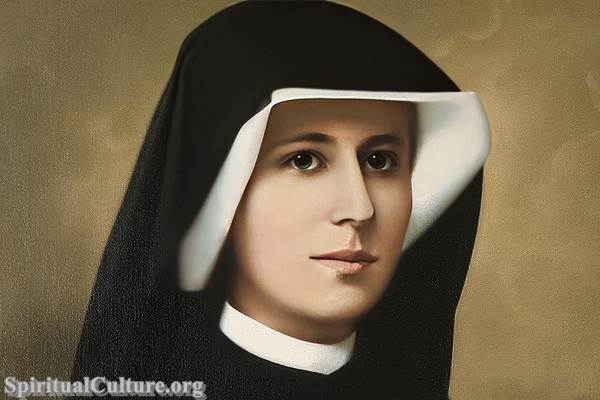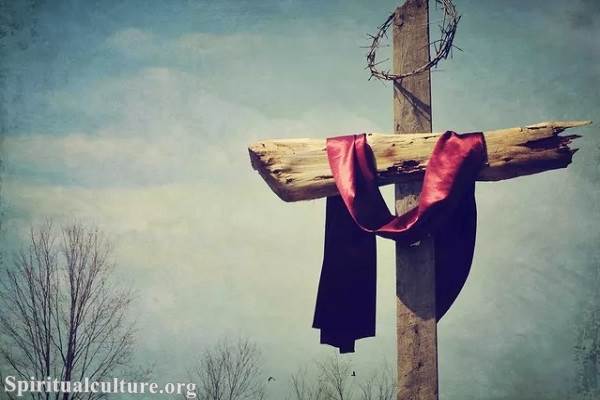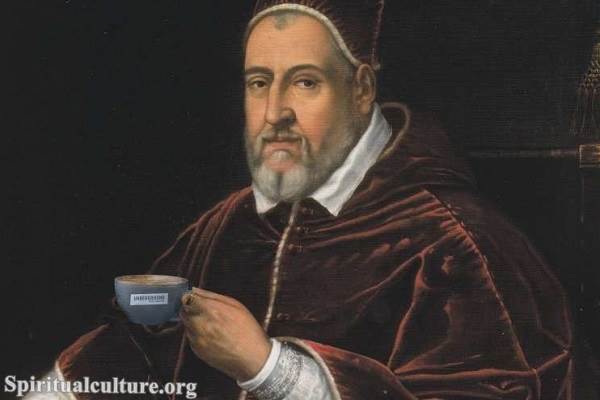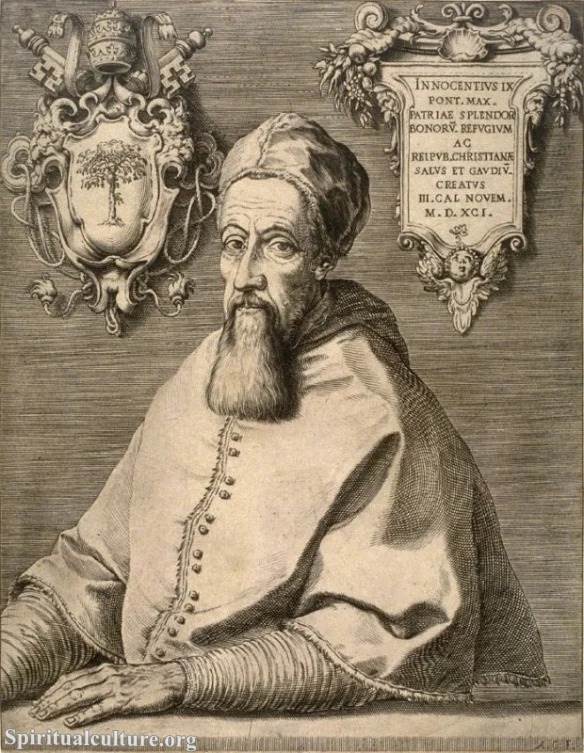Pope Pius VI, born Giovanni Angelo Braschi, was remarkable in Catholicism’s history. His pontificate, which lasted from 1775 to 1799, was one of the longest in the Catholic Church’s history, spanning over two decades of significant political and religious changes.
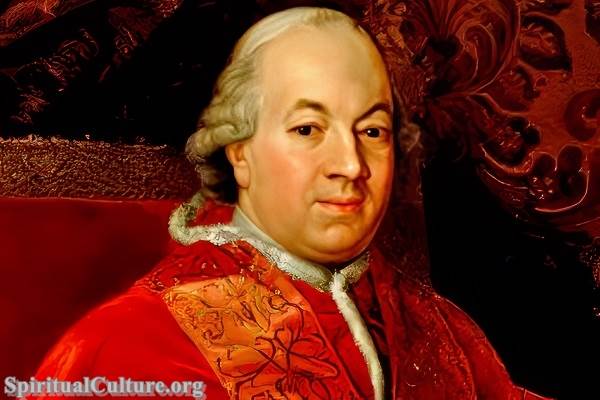
Pope Pius VI (1717-1799)
Early Life and Ascension to the Papacy
Born in Cesena, Italy, in 1717, Braschi was destined for a life in the Catholic Church from a young age. He was ordained as a priest in 1758, and in 1775, following the death of Pope Clement XIV, he was elected as the 250th Pope, taking the name Pius VI.
Role in Catholicism
Pope Pius VI played a crucial role in shaping Catholicism during his tenure. He was known for his unwavering commitment to Catholic principles, even in the face of considerable opposition. One of the key issues of his pontificate was his stance against the suppression of the Jesuit order, a decision his predecessor, Pope Clement XIV, took. Despite facing significant pressure, Pius VI firmly believed in the Jesuit order’s value for Catholicism.
His pontificate was also marked by his efforts to counter the growing influence of Enlightenment ideas within Catholic territories. He vehemently opposed the secularization of education and the diminishing role of the Church in political affairs. Pius VI issued the encyclical “Auctorem Fidei” in 1794, condemning the French Revolution’s anti-clericalism and the spread of heretical doctrines.
Pius VI and the Catholic Church
Pope Pius VI’s reign was a challenging period for the Catholic Church. The French Revolution, which began in 1789, significantly threatened the Church’s power and influence. The revolutionaries confiscated Church properties, suppressed religious orders, and established a state-controlled church. Pius VI, true to his commitment to the Catholic Church, vehemently opposed these measures.
In 1791, Pius VI formally condemned the Civil Constitution of the Clergy, a revolutionary law that drastically altered the structure of the French Church. Despite his opposition, the revolutionary government continued its anti-Church policies, leading to Pius VI’s arrest in 1798. He died in captivity in 1799, a martyr for the Catholic Church.
Legacy of Pope Pius VI
Despite the challenges he faced, Pope Pius VI left a lasting legacy on the Catholic Church. His steadfast commitment to the principles of Catholicism, even in the face of significant opposition, serves as a testament to his deep-rooted faith. His defense of the Jesuit order and his opposition to the French Revolution’s anti-clerical measures highlight his unwavering dedication to the Church.
Pius VI also left his mark on the Vatican itself. He commissioned the construction of the Pio-Clementine Museum, which houses an extensive collection of classical sculptures and is a significant part of the Vatican Museums today.
In conclusion, his unwavering commitment to Catholic principles marked Pope Pius VI’s life and pontificate. His opposition to the French Revolution and defense of the Jesuit order highlights his dedication to the Church, even in the face of significant opposition. Despite the challenges he faced, his legacy continues to inspire Catholics worldwide.

